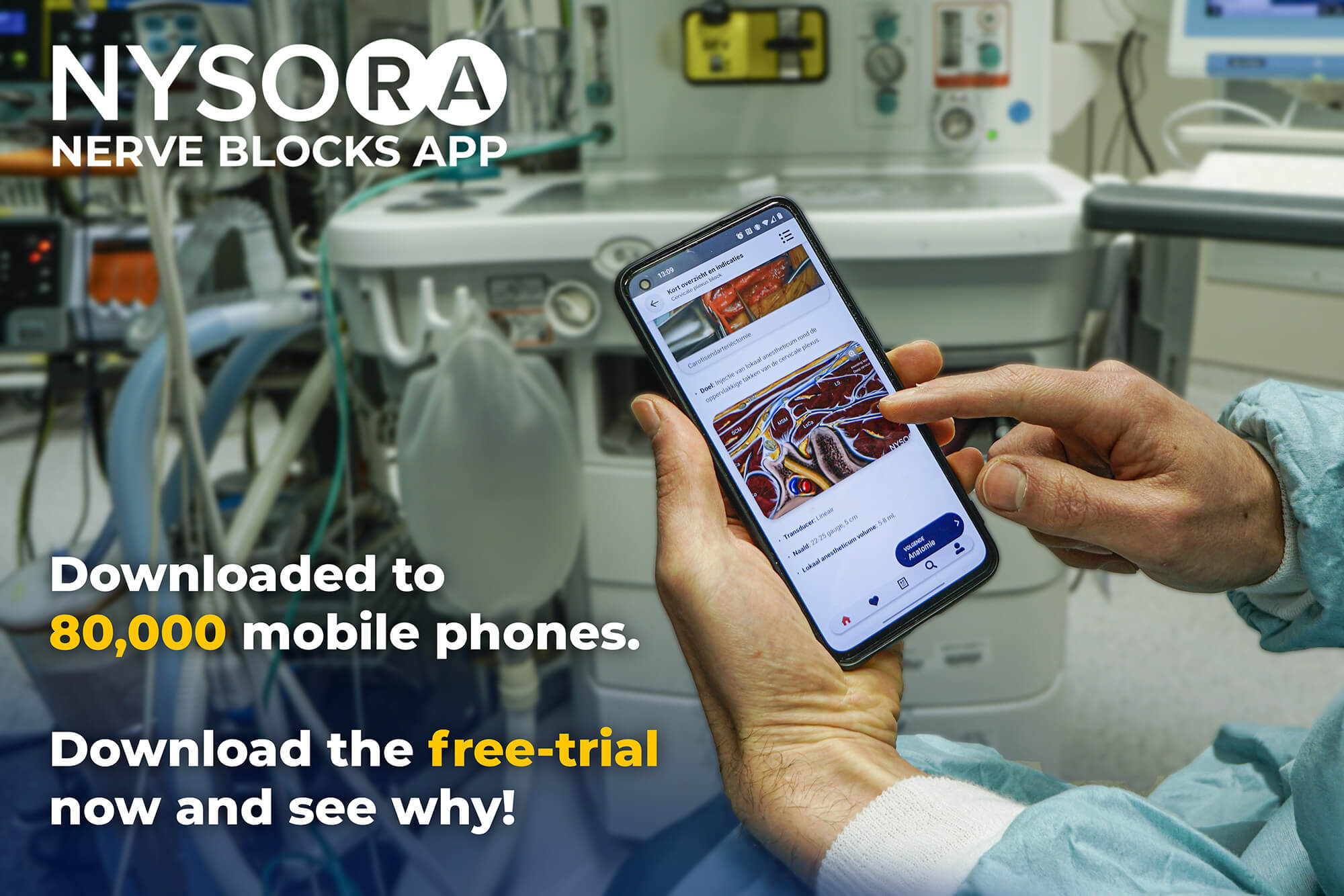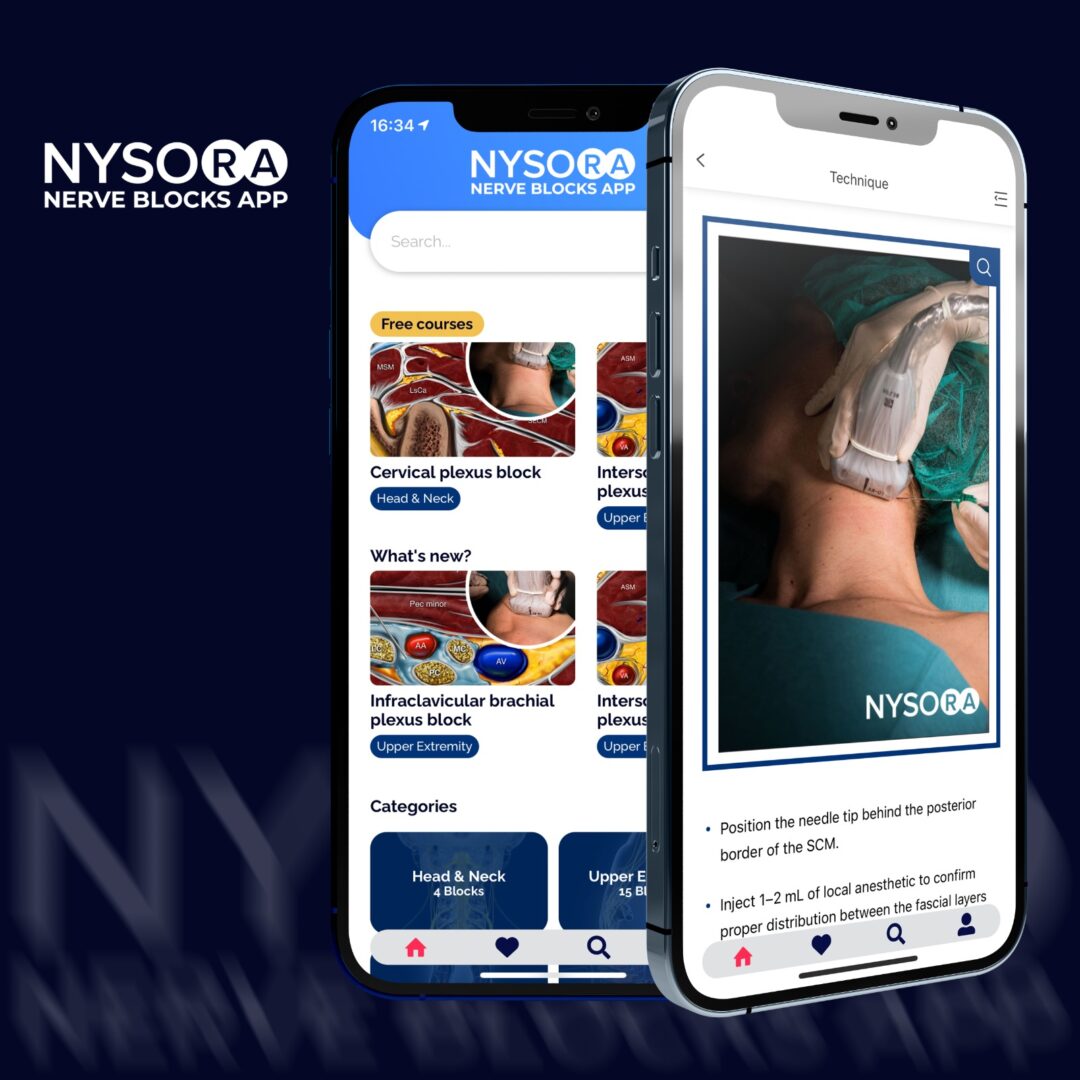Dr. Hadzic explains why he believes there should be no requirement for multiple injections when performing the Interscalene Brachial Plexus Block in the Ultrasound era. Although these techniques are still performed, they require a great deal of skill and carry unnecessary risks for the patient, and so they should not be reproduced without due consideration to safety.
Interscalene Brachial Plexus Block: Why One Injection is Enough
The Interscalene brachial plexus block was developed, by Allon Winnie, as a technique to achieve anesthesia of the entire upper extremity by means of a single injection. Back in the 70s and 80’s, Ultrasound technology had not yet been developed to the extent that it could provide the resolution and guidance necessary to monitor peripheral nerve blocks.
At that time, the needle was advanced through the skin and interscalene muscles by palpating the anatomy, and clinicians had to rely on paresthesia sensation, using clinical skill and feel to monitor the anatomy and needle relationship.
It is interesting to note that, even without the assistance of ultrasound guidance, one single injection of local anesthetic resulted in successful interscalene brachial plexus block in over 95% of patients.
So, now that we have the additional support of the US technology that permits us to accurately monitor the needle path and to be sure that the injection enters the therapeutic space, namely the interscalene brachial plexus sheath, it makes even more sense to limit the intervention to one single injection. That way we decrease the amount of local anesthetic used, as we just stop injecting a local anesthetic into the brachial plexus sheath when the distribution is adequate.
Although some clinicians still perform multiple injections of local anesthetic at different places within the brachial plexus sheath – claiming that improved success rate, enhanced onset time, and decreased total amount of local anesthetic justify the means – the technique requires a great deal of skill and exposes the patient to unnecessary risk.
However, the research clearly shows that a single injection of local anesthetic is adequate. Also, the brachial plexus block can be achieved successfully with as little as 5 to 7 mL of local anesthetic, thus reducing the risk of nerve injury or systemic local toxicity.
Considering that every insertion of the needle into human tissue carries a risk of injuring a nerve, even under ultrasound guidance, it is obvious that the more needle insertions we perform, the higher the risk of nerve injury. The same applies to local anesthetic injection.
Just because the US technology available may enable the operator to conduct multiple injections with a greater degree of control, and therefore, in greater relative safety, it does not follow that this technique is to be recommended.
The fact remains that the promotion of methods using multiple injections of local anesthetics to accomplish a nerve block where a technique with a single injection will suffice, is not prudent practice, even in the hands of experts, and can lead to even greater risks of complications when trainees attempt to reproduce multiple injection methods.
In our practice, where we perform over 6003 nerve blocks annually, the interscalene brachial plexus block is always performed with a single injection, with a success rate close to 100%. That’s why I strongly advise against performing multiple needle injections for the interscalene brachial plexus block.
Watch the video below:








